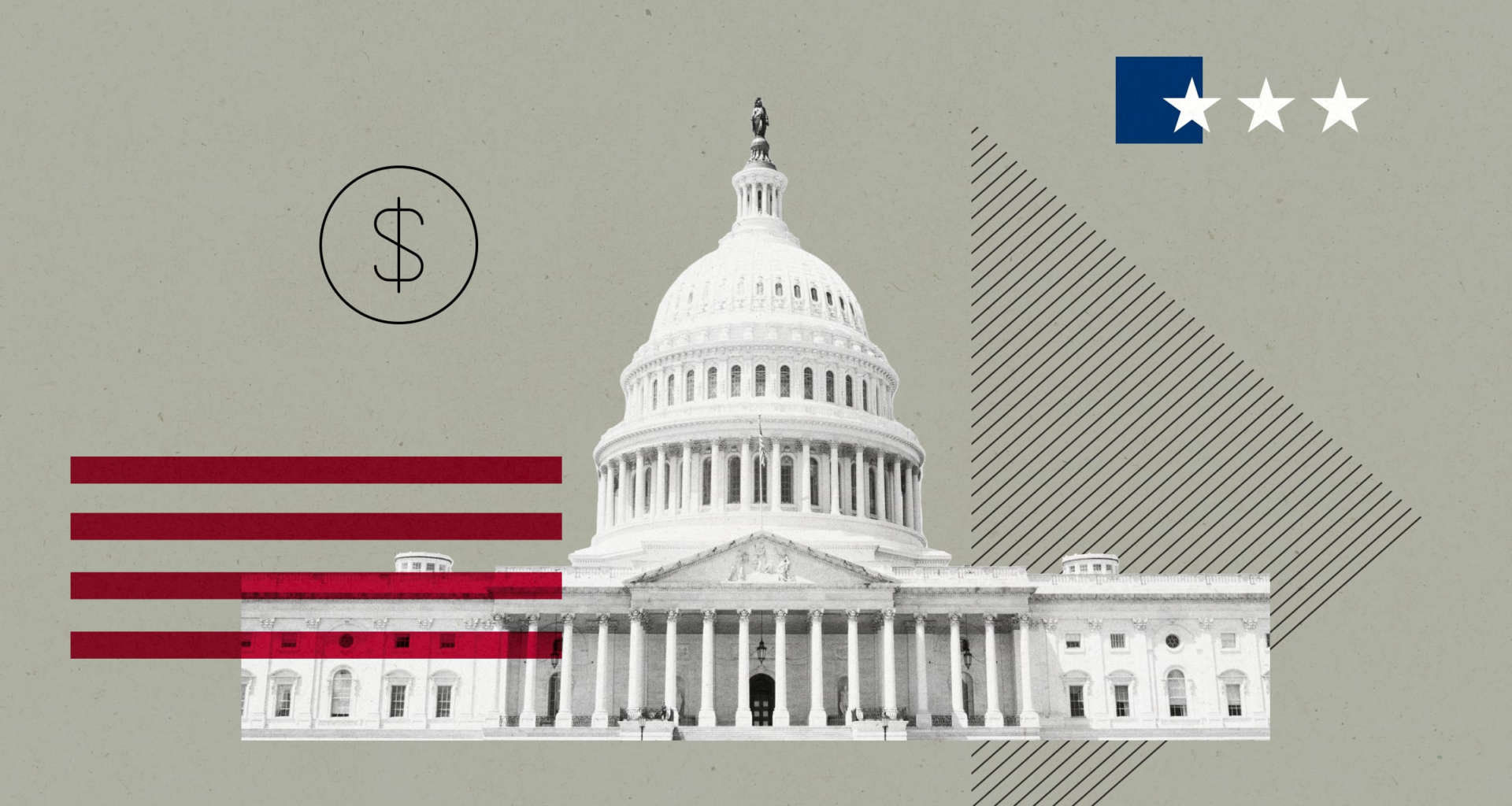Key Takeaways
- US government shutdowns occur when Congress does not pass bills to continue funding government agencies.
- There have been multiple shutdowns since the Congressional Budget Act was passed in 1974, and they have varied greatly in duration and impact.
- Financial markets tend to react to shutdowns with a “risk-off” response. These reactions have historically been relatively minor and quite temporary.
What Happens in a Government Shutdown?
A US government shutdown occurs if Congress fails to pass the necessary bills to ensure federal agencies are fully funded and can continue to operate. Such disagreements are often driven by differing political agendas or divisions over certain issues leading to an unwillingness or inability reach a compromise. There are multiple ways to avoid a shutdown; Congress can pass a short-term funding bill (known as a continuing resolution), or it can approve individual yearlong funding bills.
Earlier last week, the Office of Management and Budget instructed government agencies to prepare for layoffs of federal workers. Historically, shutdowns have led to temporary furloughs of workers, not layoffs. If layoffs were permanent, fears of decreased government services and weaker economic activity will likely materialize. One of the major sticking points this time around is the Democratic Party’s insistence that any funding measures include an extension of the Affordable Care Act tax credits, which are set to expire at the end of 2025 and which Republicans have not supported.
There have been several shutdowns since 1974, when the Congressional Budget Act was passed. There are varying interpretations of the classification of these shutdowns, but around 10-12 have been considered “significant.” Some have lasted as little as a few hours, while the longest in December 2018-January 2019 lasted 35 days. The impact of these shutdowns varies as well. Generally, nonessential employees are most affected, such as those at national parks and museums. Prolonged shutdowns can impair economic activity and government revenue.
How Have Past Government Shutdowns Affected Markets?
Historically, when a government shutdown occurs, financial markets tend to treat it as a “mini-crisis” event, triggering a typical risk-off reaction.
- Volatility generally rises across the board, and flows of capital tend to slow.
- Stock markets tend to sell off, although not materially.
- US Treasury rates tend to rally as their safe haven properties become appealing to investors.
- International market participants tend to devalue the US dollar due to a combination of less stability and declining interest rates.
Initial Market Reaction to US Government Shutdown
So far, financial markets are reacting mostly as expected and in line with previous shutdowns.
The CBOE Volatility Index is up over 3%, reflecting the uncertainty a shutdown brings. The US Dollar Index is down another 0.23%, continuing its recent freefall and bringing its year-to-date decline to over negative 11%, signaling lack of faith in the value of the US Dollar.
Will the Shutdown Have a Long-Term Impact?
Longer-term effects on markets can include delays of economic data releases, which may cause unrest for investors and put policymakers like the Fed in an uncomfortable position. From a corporate earnings perspective, companies tied to government contracts could face delayed or reduced payments if the agencies they work with are shut down.
Historically, nearly all shutdowns have been short-lived, and their disruptive impacts were temporary. However, the heightened uncertainty is not good for markets, and given the recent political climate, it’s entirely possible a shutdown now proves more impactful than any previously seen.
This is another example of a time when investors should remain disciplined in their reactions to news and market events. One should ensure they have a thoughtful, diversified investment approach that aligns with their risk tolerance to help mitigate the impact of these events.
The author or authors do not own shares in any securities mentioned in this article. Find out about
Morningstar’s editorial policies.
